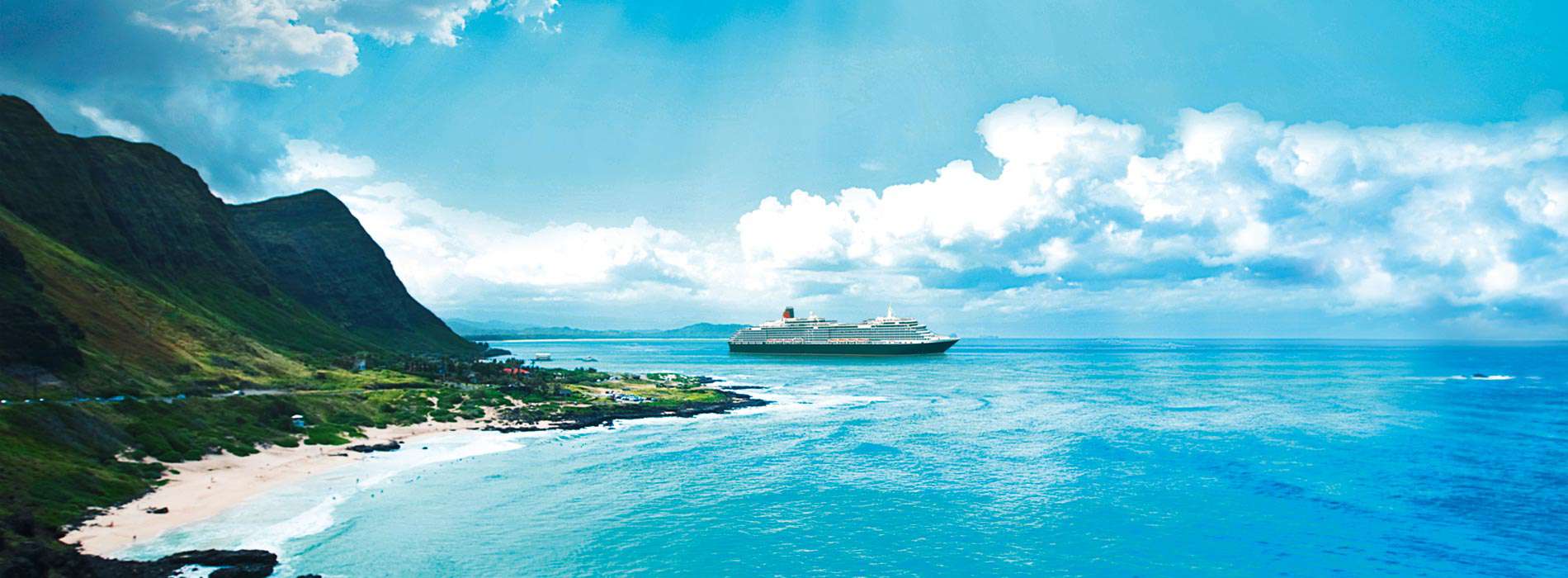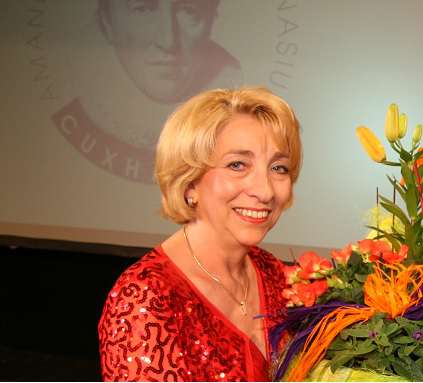"Hello Okinawa"
ପ୍ରକାଶିତ |: 12.03.2017

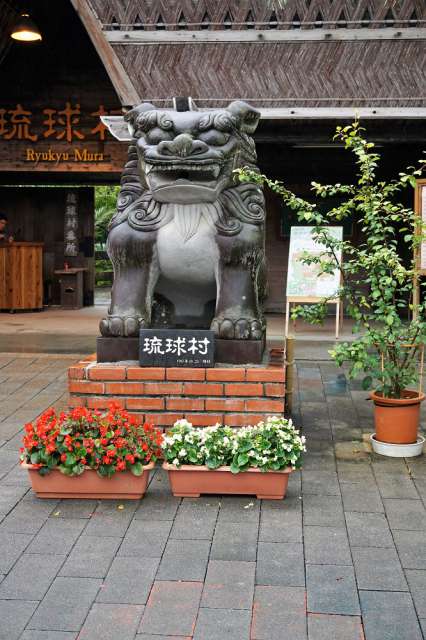
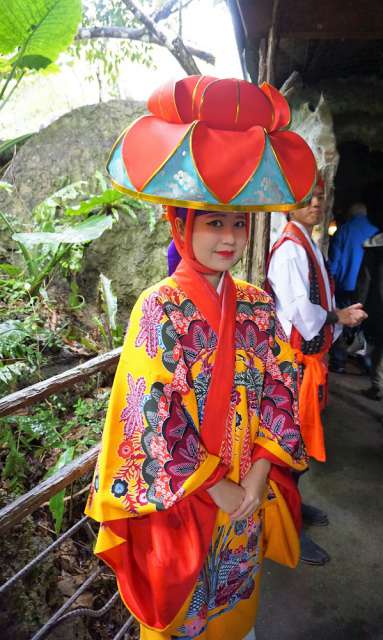
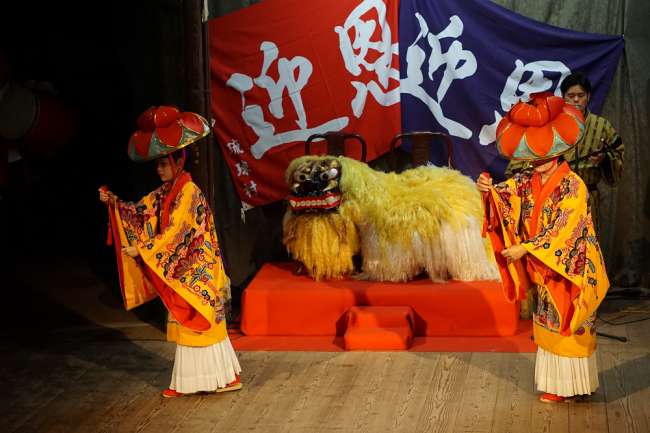
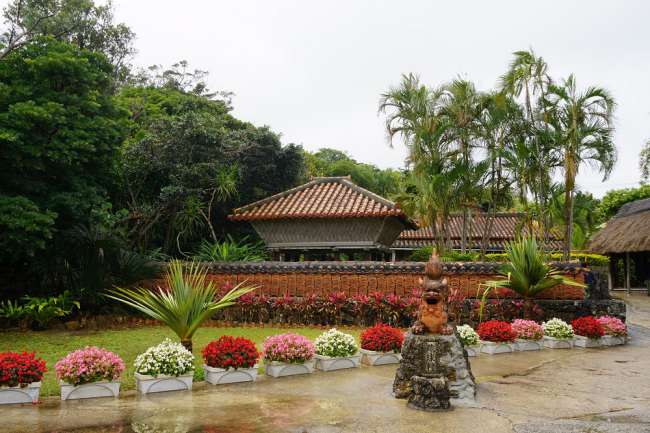
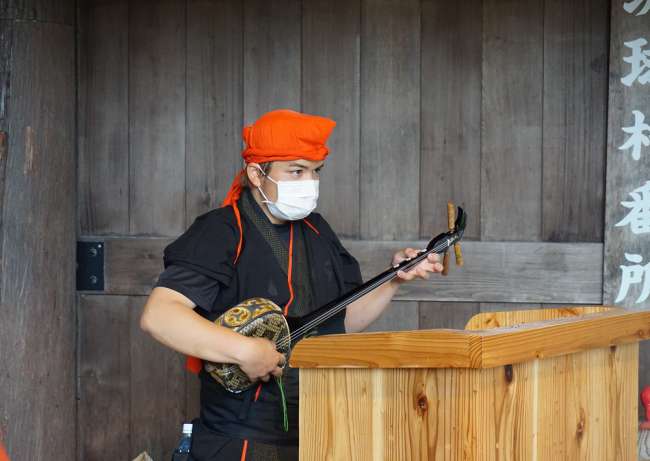
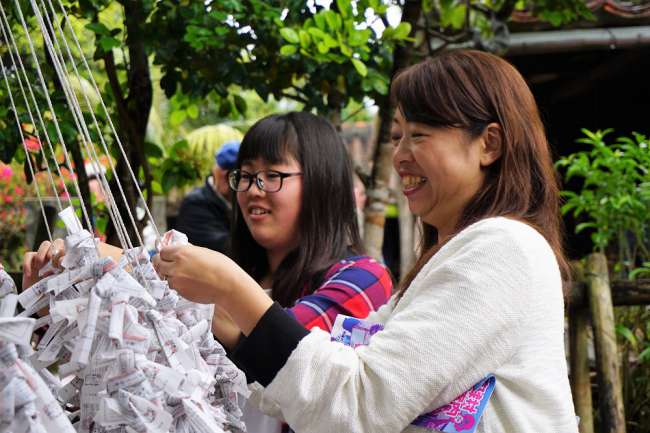
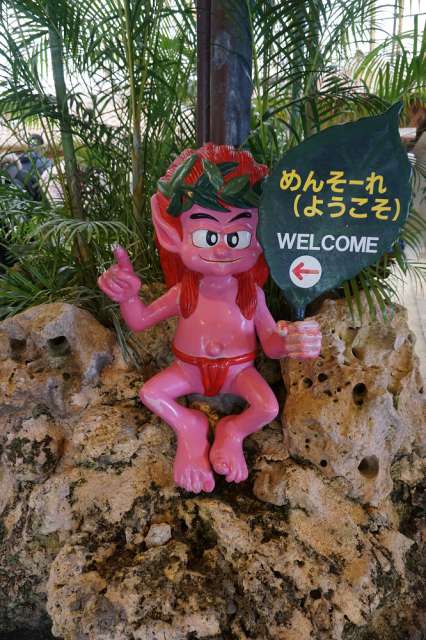
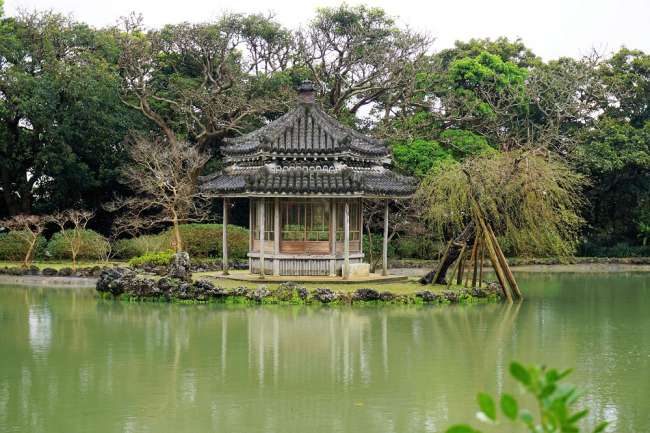
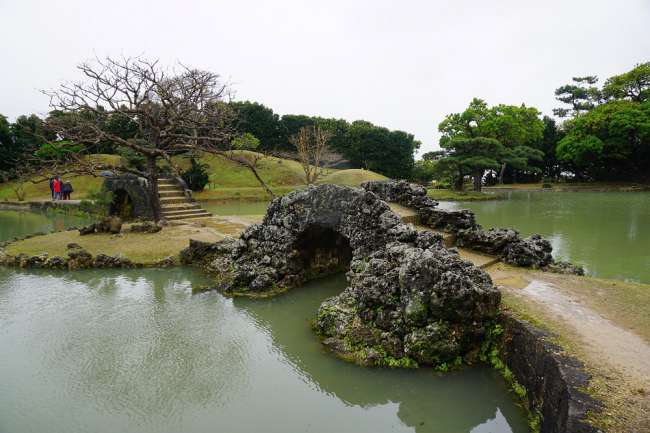
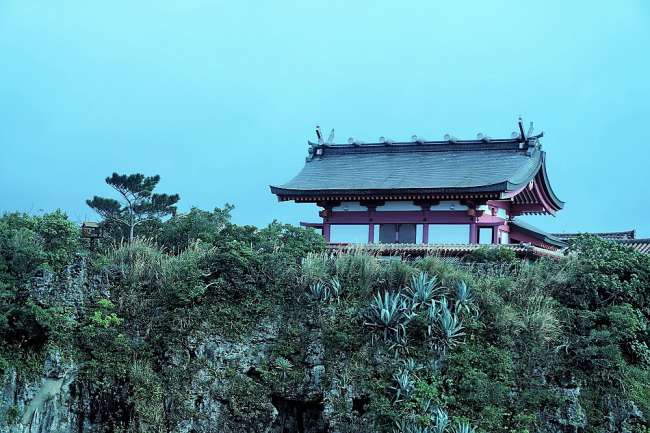
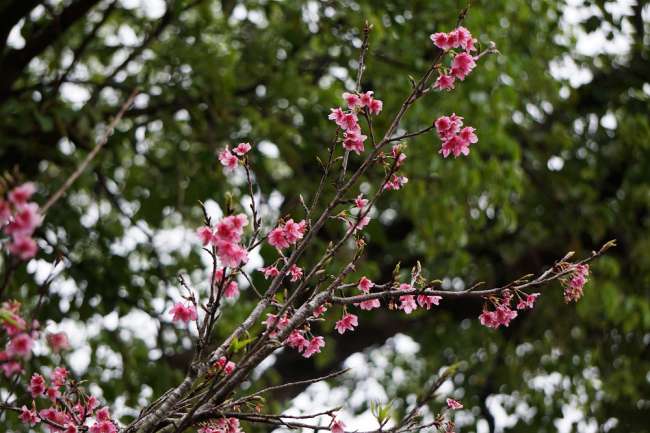
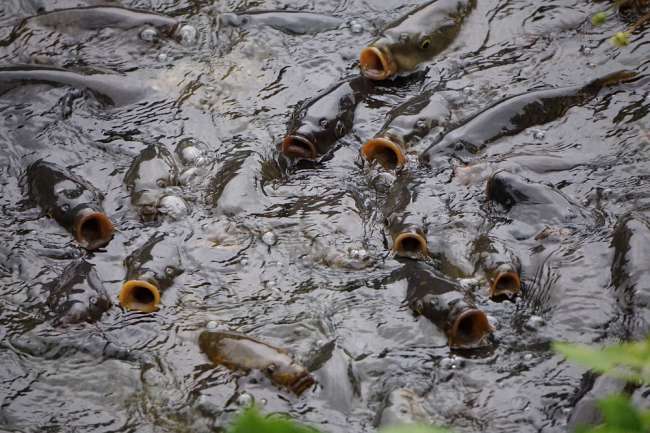
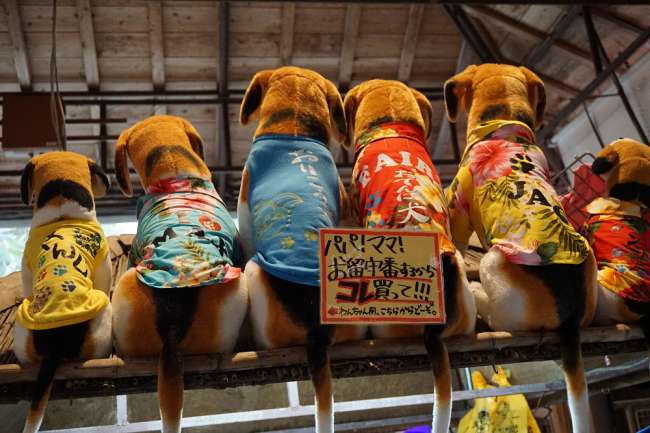
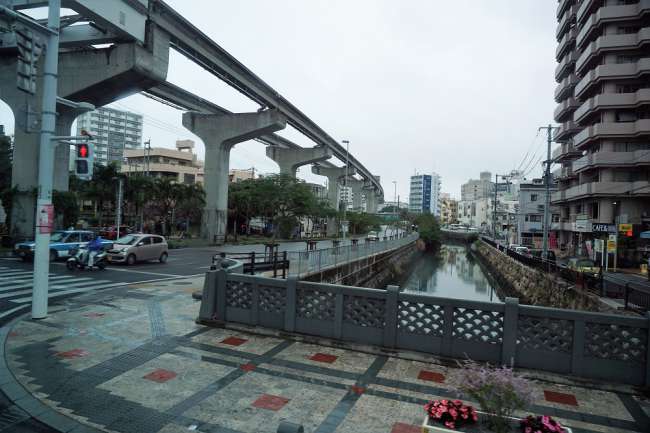
ସମ୍ବାଦପତ୍ରକୁ ସବସ୍କ୍ରାଇବ କରନ୍ତୁ |
"Hello Okinawa" was the greeting today, as the first visit to Japan was dedicated to its southernmost region, an archipelago with its capital Naha, which the QE called at. The special thing about this island is the fact that it is not actually the "real Japan" because there is a separate language and, above all, an ancient, over 400-year-old distinct culture, and Okinawa was only returned to Japan in 1972 by the USA, under whose administration it had been since 1945. On Okinawa, the last great and very costly battle of World War II between Japan and the USA also took place.
But Okinawa is not only special from a historical point of view. Nowadays, the island is known as the area where people live the longest, both men and women. This is attributed to the healthy combination of fish and vegetables in their diet, but my tour guide explained that it was because of the amount of movement and that people stayed healthy, especially by walking a lot. It is probably a combination of everything.
We were already prepared for our first contact with Japan by finding the most important everyday phrases in Japanese in our cabins. In addition, we were always reminded of important rules of behavior, which were not new to me, such as taking off our shoes and standing on a mat before entering a room. I also knew that the worst faux pas is to show the soles of your feet to others, so we were told that no one in the pool area should put their feet up on a small table or elevation. But some things were new to me: for example, one should avoid gestures when speaking, never blow one's nose in public, as a woman not cross her legs, and above all, avoid any kind of physical contact, no matter how accidental. In some more exclusive restaurants, there are "toilet slippers", if they are not there anymore, it means "occupied". Toilets have many buttons for operation, for example, music can also be turned on.
But what is extremely important is the reaction to questions. The Japanese answer "yes" actually only means "I understood" and does not imply agreement. A "no" is absolutely avoided and is rather circumvented with "it is difficult". We were told to only say "sorry" from our side, never "no".
With this short lesson, we shouldn't have any problems on our first excursion. In addition, our very good English-speaking "tour guide lady" welcomed us very friendly and approachable. Despite having a microphone, she spoke so softly that we couldn't understand her in the back of the bus. We saw the problem coming and first discussed how we could formulate a respectful question to address this negative point and especially when. So we waited until there was a break, then waved friendly and asked if the microphone could be turned up a bit. The reaction was hesitant: "I will try" - which I classified as a category like "it is difficult", so "NO". And I was right because nothing changed, we still understood hardly anything. Asking again was not possible, we knew that, but we tried to find out why not. The answer was quite simple: there was no working speaker system. Nevertheless, she always held the microphone very close to her mouth until the end of the excursion and pretended that it was on. So that was already the first lesson and we didn't want to press her to speak louder because she really seemed so restrained and nice. But then we experienced something unbelievable: after we got off the bus and the on-site tour began, we were shocked. Suddenly, she shouted commands at us in the loudest voice as if on a military parade ground, such as "Hurry up, Bus No. 19 - quick - take photo now - we don't come back - now - we have only 10 minutes..." We were speechless. She drove us around the area like a herd of cattle, and if anyone was not fast enough, she scolded them with "Move, move, I want you to be here." We were actually annoyed, but sometimes we really had to laugh. I had experienced something like this once before in St. Petersburg at the tsar's palaces, and this was now the Japanese version instead of the Russian one. Then we met another busload from the ship, Bus No. 20, and even a shrill whistle was used there. So we had even gotten the luxury version without a whistle!!! To her credit, I have to say that she took good care of us: her sentence "Meieieiend the Steppppp!" could always be heard loudly and clearly. We got the impression that Japan consists only of steps and unevenness. That was quite an experience. I swore to myself that in the future, I would look at Japanese tour groups in Berlin or Hamburg with completely different eyes!
Nevertheless, I don't want to seem dissatisfied; such experiences are part of it. The excursion was interesting in terms of content:
I had embarked on an excursion about the culture of this ancient kingdom to see the remains and traditions of the "Ryukyu" dynasty. There is the old palace "Shuri", which overlooks the modern capital Naha from a hill. Originally from the 14th century, it was destroyed in World War II, but has been rebuilt and has been a UNESCO World Heritage Site since 1992.
A second focus was the summer residence of the old royal family with a beautifully designed garden, the Shikana-en Garden, which is also part of the World Heritage Site today. A large pond with an arched stone bridge leading to a pavilion and above all, the first "real" Japanese cherry blossoms really gave me the impression that I had now arrived in Japan. There were not many cherry blossoms left, as their bloom time in the southern and still subtropical location is almost over. But on the more northern main island, the bloom is only in March. So I hope to see even more beautiful branches of blossoms. The color pink seems to be a favorite color in Japan, it is seen very often everywhere.
In the cultural center, the old architecture of the houses, the handicrafts, fabrics, and especially the clothing of women were explained in more detail. The kimono is distinguished above all by the headgear, a large round hat that looks like a flower made of petals. Okinawa is also known for its snake wine or schnapps, which comes from the venomous snake "Habu". There were large bottles with a preserved snake inside. I found that quite gruesome. I already liked the rice wine known in Okinawa, a kind of sake called "awamori", better, which is served in a special bottle as a lucky charm at special occasions and weddings.
Amulets, superstition, and fortune-telling play a big role in everyday life. Two Japanese women bought tickets with their future forecast and then tied these tickets to ribbons and hung them up. They seemed very happy about their future prospects.
I am now excited to see how Japan will present itself on the main island with Kobe, Kyoto, Kagoshima, and Hiroshima, all of which I will visit next week and which will certainly be even more interesting than Okinawa. The arrival in Kobe tomorrow morning at 7 o'clock will be arranged by the Japanese side with a nice welcome ritual. Tugboats will spray water fountains up until the very end, then many balloons will rise or fall, children will sing, and at 5:00 p.m., the mayor of Kobe will come to the captain. I will leave the ship relatively early in the morning to take a long trip to Kyoto.
Until the next report from Japan, I greet you warmly and say
"Sayonara",
Eva
ସମ୍ବାଦପତ୍ରକୁ ସବସ୍କ୍ରାଇବ କରନ୍ତୁ |
ଉତ୍ତର
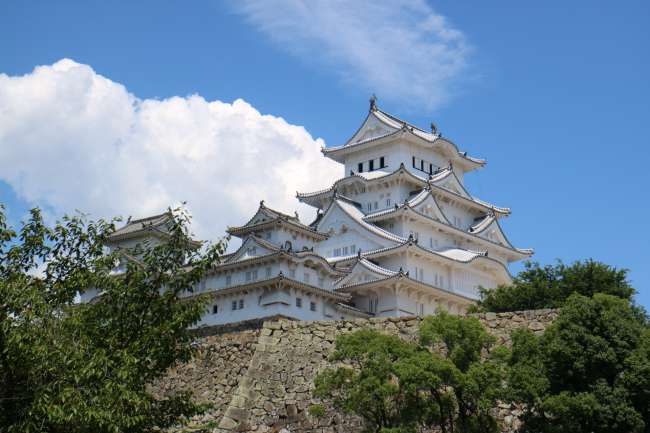
ଭ୍ରମଣ ରିପୋର୍ଟ ଜାପାନ
